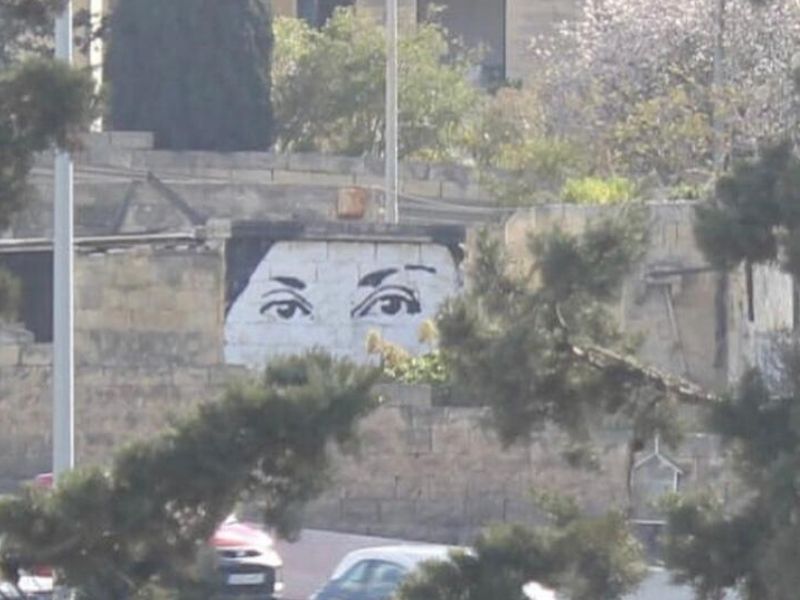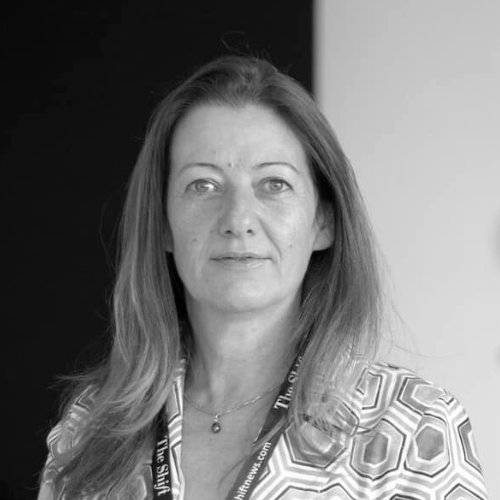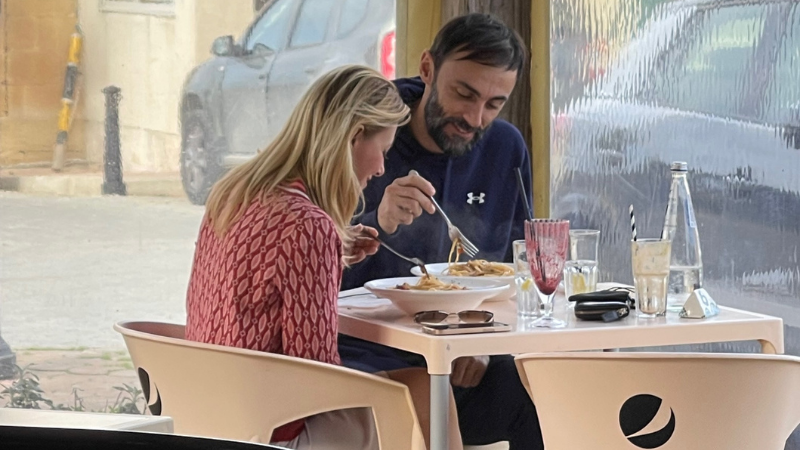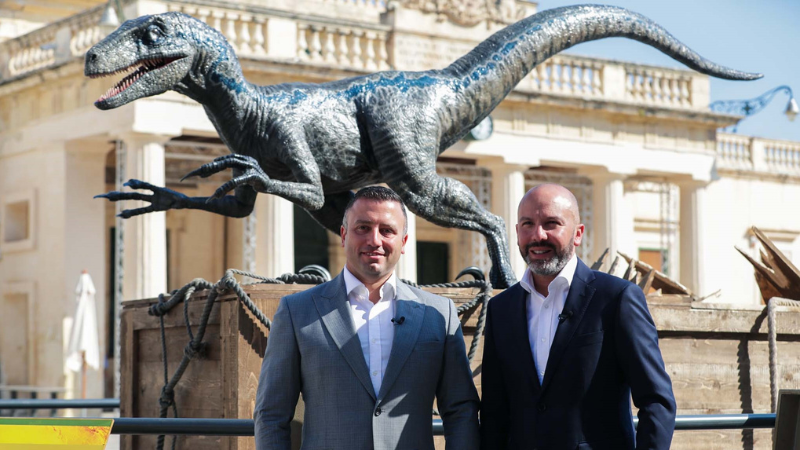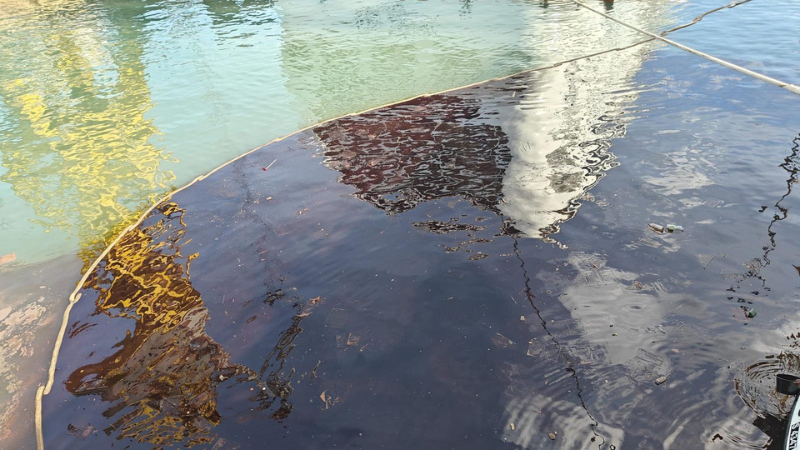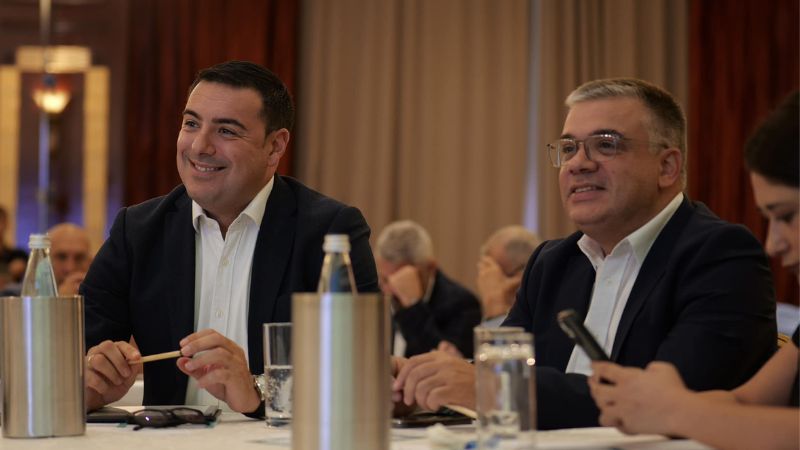Two close friends of murdered journalist Daphne Caruana Galizia detailed the threats and harassment she faced in the last few years of her life, that led to her self-imposed isolation to protect those she loved.
Glorya Beacom and Petra Caruana Dingli took the stand before the public board of inquiry and told the three Judges how Caruana Galizia had always faced threats and harassment but it had become more blatant and public before her death in 2017 with a car bomb.
Beacom was one of the people who witnessed the crowd that had hounded Caruana Galizia when she was walking around Rabat and ran into a Franciscan convent for shelter in March 2013.
She had met Caruana Galizia and her husband and went to the Rabat feast – at one point, she realised that part of the group had gotten lost in the crowd.
Beacom walked past the Franciscan convent and saw that a crowd had gathered and a woman with short red spikey hair was shouting outside the door, calling for Caruana Galizia to be brought out.
“Get her out of there by her hair, she is a bad woman,” Beacom heard the woman scream in Maltese. She then informed the police.
Caruana Galizia had sought refuge in the convent after she was harassed by former Zurrieq Mayor Ignatius Farrugia and two other people. The small group quickly transformed into a large crowd that led to concerns for her safety.
This was not the only incident, Beacom told the Board. On another occasion, Caruana Galizia caught someone taking a photo of her on their mobile phone as she was coming out of the sea at a beach club.
“Things were getting… you didn’t need to say anything, it was visible,” Beacom said. “Driving to work and seeing a billboard with Daphne’s face on it and you think: why is she there?”
This created a situation where her friends were also being inadvertently targeted and led to Caruana Galizia avoiding their company as she felt it was unfair they were in the limelight because of their friendship, Beacom told the Board.
Caruana Galizia never mentioned receiving threats – they would find out when she wrote about it on her blog.
“The saddest thing is that besides her journalism there was so much more to her,” Beacom said. “She loved travelling, talking about food, music. There was her journalism – but she had a life besides that. If you needed to buy a gift, she was the perfect person to call.”
In her testimony, Caruana Dingli said she felt that the attacks on the journalist had changed because her adversary had become the government.
“You can no longer gauge the size and power of your adversary. It is quite intimidating. She felt the pressure,” she said.
She referred to the blog written by Glenn Bedingfield when he served as communications officer for the Prime Minister. Bedingfield had told the Inquiry Board that his posts were an “equal and opposite reaction” to her posts.
Bedingfield was one of the Labour MPs who took part in the State-approved online harassment of Caruana Galizia as highlighted in the report submitted to the Inquiry Board by The Shift. His testimony was in line with that of other communications’ officers at Castille and showed how communication was weaponised, used to provoke, mislead and influence the public in numerous insidious ways.
Caruana Dingli said her friend was most upset at the fact that the harassment was done openly and while Bedingfield was based at the Office of the Prime Minister. This meant that he was implicitly sanctioning the posts by allowing these to remain online.
“Since it was something that originating from the OPM, there is the whole machinery of government and you can no longer gauge the strength of your adversary.”
One time, the two women had gone for lunch in Valletta and spotted two men who were taking photos. The footage was used on Bedingfield’s blog a number of times.
She quoted part of an article published in The Malta Independent by Caruana Galizia where she described Bedingfield’s blog as “the prime minister’s own project”.
“When he set up a website which he uses to harass, insult, denigrate, smear and intimidate critics of the government he serves, and other such ‘enemies of the State and the people’, you should have been left in no doubt that he did it in consultation and conspiracy with the prime minister himself,” Caruana Galizia had written.
At the start of the public inquiry, Corinne Vella presented a report about the origin of the portrayal of her sister as a witch. The original term “sahhara tal-Bidnija” was coined by Lino Cassar as a compliment to refer to her as a sorceress or enchantress. This was then transformed into her being a witch, which had a negative connotation, as shown in The Shift’s investigation into Labour Party online hate groups.

